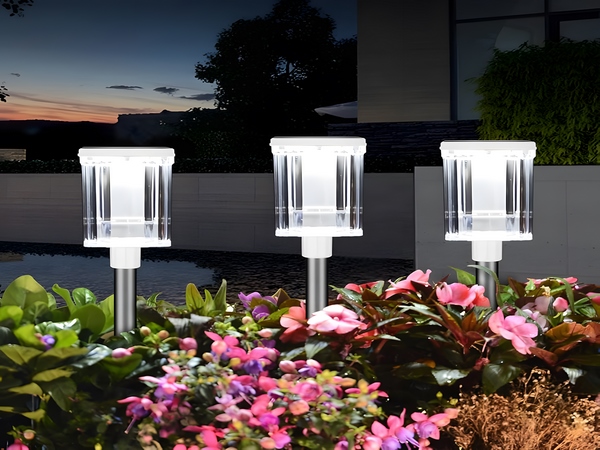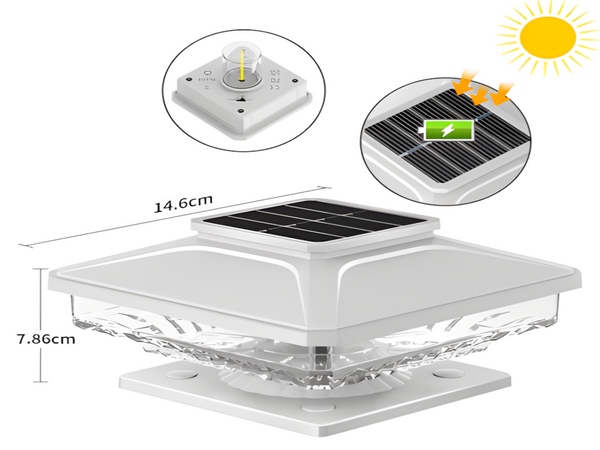
What are the differences between solar street lights and traditional street lights?
Street lighting products provide excellent illumination, and the application rate of solar street lights is currently quite high. As a new type of street lighting product, solar street lights differ significantly from traditional street lights. To better understand these products, it is essential to be familiar with their characteristics, which will help provide a more comprehensive understanding of the products.
First, let’s consider the costs involved.

In the case of traditional street lights, the installation requires laying cables, which involves labor costs and the expense of the cables. Additionally, they consume electrical energy during operation, which can also be a significant cost. On the other hand, solar street lights do not require cable installation, as they operate entirely on solar energy during use, making them more cost-effective.
Next, let’s compare their lifespans.

When considering solar-powered street lighting products, it is evident that their lifespan is generally longer than that of traditional street lights. This longevity is not only related to the high technology used in their production but also to the fact that solar street lights require minimal maintenance and are made of high-quality components.
By comprehensively understanding these aspects, one can better grasp the differences between solar street lights and traditional street lights. It is also important to note that solar street lights are environmentally friendly, as they do not produce any radiation during operation and do not cause any harm to the environment.



